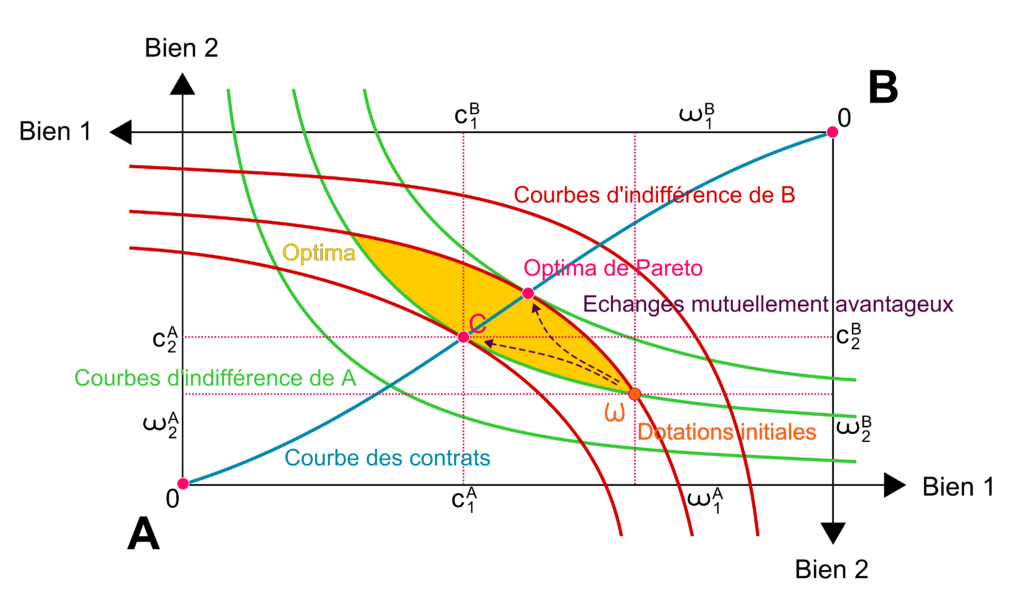How to Draw an Owl
On Documentation One recent afternoon I found myself in deep conversation with potential consulting partners, holding out for a difficult requirement: "Excellent Documentation". That's a tough one to quantify, let alone describe; why hold out for something at once critical and ineffable? Doesn't every project talk about the importance of providing documentation, yet rarely deliver it? Don't most people flip past the pages of detailed work process, going right to the keyboard to bang away, expecting tool tips and intuitive…

